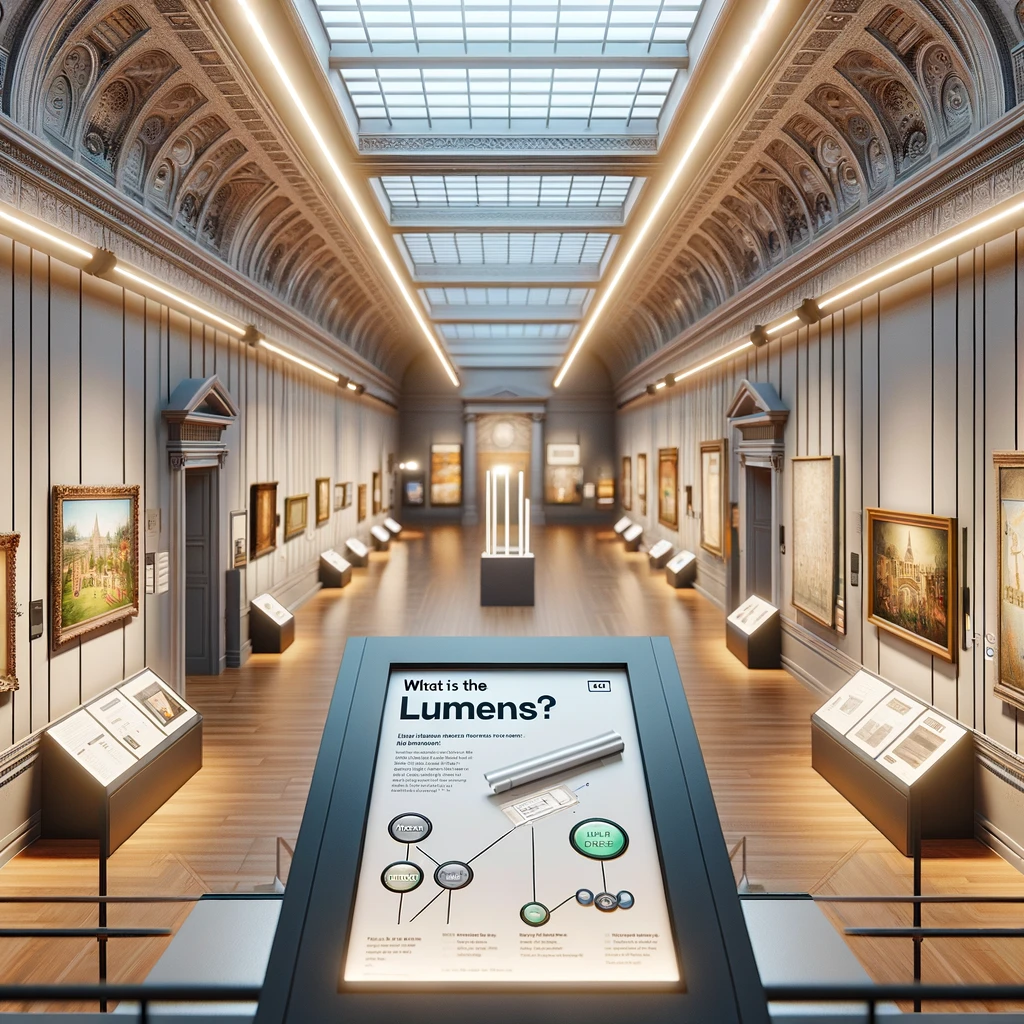Recent Posts
-
Installing Spotlights in Ceiling | Obals Expert Guide
Learn the expert steps and best practices for installing spotlights in your ceiling. Discover the benefits, tools needed, and tips for achieving a professional look.
06/21/2024
-
Warm White Versus Cool White | Expert Lighting Guide
Discover the differences between warm white and cool white lighting. Learn from industry experts about their applications, benefits, and how to choose the right color temperature for your space.
06/21/2024
-
Under Cabinet Lighting Kitchen | Expert Guide
Explore the benefits and best practices for installing under cabinet lighting in your kitchen. Learn from industry experts about types, installation tips, and design ideas to optimize your kitchen lighting.
06/20/2024
-
Screwfix LED Downlights | Expert Lighting Guide
Discover the advantages and best practices for installing Screwfix LED downlights. Learn from industry experts about their features, benefits, and tips for optimizing your lighting setup.
06/20/2024
-
Modern Lighting Factory | Expert Insights
Explore the advancements and benefits of modern lighting factories. Learn from industry experts about the latest technologies, manufacturing processes, and design trends in the lighting industry.
06/19/2024
What is the Lumens?
What is the Lumens? An Expert Lighting Guide
In the world of lighting, the term lumens is crucial for understanding light output and efficiency. This expert guide will explain what lumens are, their importance in lighting design, and how they influence the quality and performance of various lighting solutions.
Definition of Lumens
Lumens (lm) are a measure of the total amount of visible light emitted by a source. Unlike watts, which measure energy consumption, lumens directly quantify the brightness of a light source. In essence, the higher the lumen rating, the brighter the light.
Why Are Lumens Important?
Understanding lumens is essential for several reasons:
Energy Efficiency: By focusing on lumens rather than watts, consumers can select lighting that provides the desired brightness while using less energy.
Lighting Quality: Proper lumen levels ensure that spaces are adequately illuminated, enhancing both functionality and comfort.
Cost Savings: Efficient lighting solutions with higher lumens per watt can reduce energy bills and maintenance costs over time.
Environmentally Friendly: Selecting energy-efficient lighting options helps reduce the overall carbon footprint.
Comparing Lumens to Other Lighting Metrics
While lumens measure light output, other metrics are also important for understanding lighting performance:
Watts: Measures energy consumption. More lumens per watt indicate higher efficiency.
Lux: Measures the amount of light that falls on a surface, with one lux equal to one lumen per square meter.
Color Temperature: Describes the color appearance of the light, ranging from warm (2700K) to cool (5000K and above).
Color Rendering Index (CRI): Assesses how accurately a light source renders colors compared to natural light, with higher values indicating better color rendering.
How to Choose the Right Lumens
Selecting the appropriate lumen level depends on the application and desired lighting effect. Here are some general recommendations:
Living Rooms: 1,000-2,000 lumens for comfortable ambient lighting.
Kitchens: 3,000-4,000 lumens for bright, task-oriented lighting.
Bathrooms: 2,000-3,000 lumens for clear visibility.
Bedrooms: 1,000-2,000 lumens for a relaxing atmosphere.
Offices: 3,000-5,000 lumens to reduce eye strain and improve productivity.
Outdoor Lighting: 1,000-3,000 lumens for pathways and security lighting.
Factors Influencing Perceived Brightness
Several factors can affect how bright a light appears, even if the lumen rating is the same:
Color Temperature: Higher Kelvin ratings (cool white) can seem brighter than lower ratings (warm white).
Beam Angle: Narrower beam angles concentrate light in a smaller area, making it appear brighter, while wider angles spread light over a larger area.
Surface Reflectance: Light-colored walls and ceilings reflect more light, enhancing brightness, while darker surfaces absorb light.
Fixture Placement: The height and position of light fixtures can influence perceived brightness. Closer proximity to the illuminated area increases perceived brightness.
Practical Applications of Lumens
Here are some practical applications for different lumen levels in various settings:
Task Lighting: Areas requiring focused light, such as reading nooks or workbenches, benefit from higher lumen levels (3,000-5,000 lumens).
Ambient Lighting: General room lighting for living spaces can range from 1,000 to 3,000 lumens.
Accent Lighting: Highlighting artwork or architectural features typically requires lower lumens (500-1,000 lumens) but with strategic placement.
Outdoor Security: Bright, high-lumen lights (2,000-3,000 lumens) enhance security and visibility around property perimeters.
Conclusion: Maximizing Lighting Efficiency
Understanding what lumens are and how to use them effectively is crucial for designing efficient and comfortable lighting environments. By focusing on lumens, you can ensure your lighting setup meets the specific needs of each space, enhancing both functionality and aesthetics. Stay informed about the latest advancements in lighting technology to continue offering top-quality solutions.

